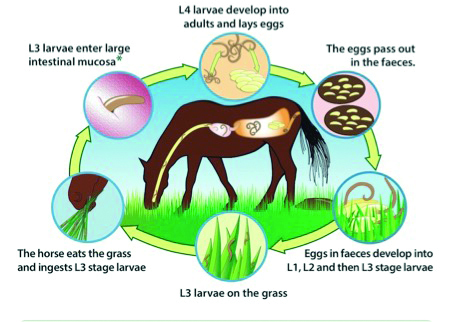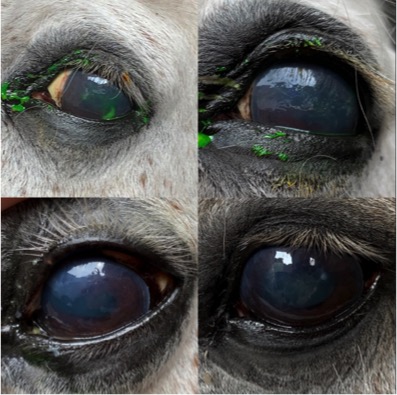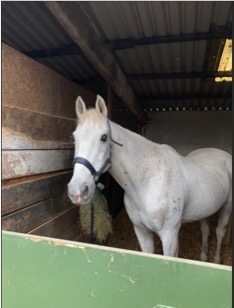Your dog’s dental health is really important.
Why do you need to brush your dog’s teeth?
Food particles and bacteria collect along a dog’s gum line and form soft deposits called plaque. Over time, the plaque turns into rock-hard tartar. If tartar is not removed from the teeth, it will eventually inflame your dog’s gums causing pain, therefore looking after your dog’s dental health is really important.
As the inflamed gums begin to separate from a dog’s teeth, pockets form in which more bacteria grow, causing periodontal disease to worsen. At this point, dogs can experience severe pain, lose teeth, and form abscesses in their mouth.
Your dog will not be able to tell you if they are in pain or have toothache.
Dogs can develop a bacterial infection that can spread through the bloodstream to the kidneys, liver, heart or brain causing more widespread illness and disease.
Periodontal disease is irreversible, so now is a great time to get started on a regular oral-care regime for your dog. Prevention is the key to keeping dogs healthy and happy.
You will reduce the chances of putting your dog through an anesthetic and dental surgery later in life if you look after their teeth. They would prefer not to have an operation and you will save lots of money!
The equipment you will need:
- A pet toothbrush with medium bristles (or a finger brush initially).
- A quiet area with few or no distractions.
- Plenty of patience.
- Dog toothpaste – human toothpaste is toxic to dogs.
- Some water.
- You can get a toothbrush kit from any of our surgeries.
Step by Step Guide:
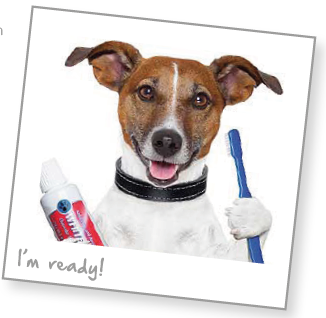 Get your dog used to the toothpaste
Get your dog used to the toothpaste
- Wash and dry your hands and smear a little bit of dog toothpaste on your index finger.
- Let your dog lick the toothpaste from your finger.
- Repeat two or three times a day.
- Once your dog is eating the toothpaste well off your finger, begin to start lifting your dogs lips and holding their muzzle. Your dog needs to get used to you touching their mouth (This may take some time, as it can be quite worrying for your dog at first, ensure you do not force or restrain them and that they are happy with being held).
- Move on when your dog is happy with you touching and holding their mouth and eating their special toothpaste.
Get your dog used to having something in their mouth
- Smear your index finger with toothpaste.
- Gently rub your finger over your dog’s teeth and gums.
- Do this slowly and do not put your finger in further than your dog is comfortable with, and take care with your fingers please.
Introducing your dog to the toothbrush
- Wet the toothbrush with water and then smear it with toothpaste on top of the bristles.
- Let your dog lick some of the toothpaste off the bristles to get used to the feeling.
- Gently hold your dog’s mouth around the muzzle to get them used to you holding their mouth and do not let your dog chew the brush.
- Put your hand across your dog’s nose and lifting their lips, gently brush their canines (the big, pointy teeth) up and down.
- Start by angling the brush towards the gum line and brush away from the gum towards the tip of the tooth.
- At this stage avoid the incisors (the small teeth at the front of my mouth) and holding the front of your dog’s nose, as this is the most sensitive area of their mouth.
Brushing your dog’s back teeth
- Start with brushing your dog’s Canine teeth up and down as above.
- Slowly move along to the teeth behind the canines, using a circular motion.
- Only go as far as your dog is happy with and brush both sides of their mouth.
Brushing all of your dog’s teeth
- Always start with the Canine teeth and then the back teeth, and we will finish with brushing the sensitive incisors (your dog may sneeze when you brush their incisors!).
- To brush the front incisor teeth, hold your dog’s mouth around the top of the muzzle and gently lift the upper lip with your thumb and forefinger, to reveal the incisor teeth.
- Gently brush the front teeth up and down.
- Gradually build up the amount of time you spend brushing until you reach two to three minutes. For maximum protection, brush every day, if you can.
Hints & Tips
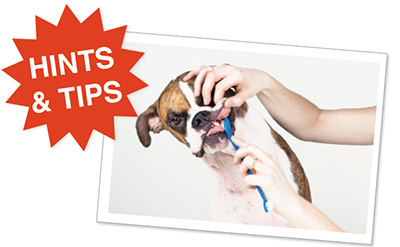 Keep your sessions short – 3 minutes is plenty twice a day once your dog has been trained to have their teeth brushed.
Keep your sessions short – 3 minutes is plenty twice a day once your dog has been trained to have their teeth brushed.- Your dog is an individual, go at their pace and please remember to give them lots of praise.
- Use three pea-sized blobs of dog toothpaste – one each for the left, right and front of the mouth.
- Take care putting your fingers into my mouth.
- If your dog is aggressive or prone to biting, do not try to brush their teeth (please seek advice from a behaviourist).
- Repeat each stage for approximately five days before moving to the next step so your dog is comfortable and understands each stage.
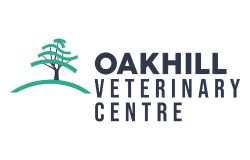
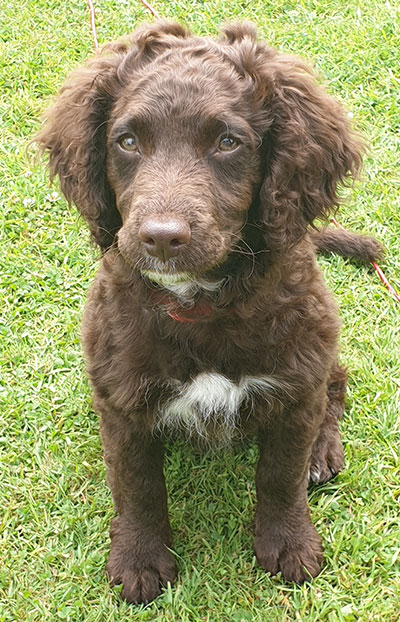 Pippa, a beautiful Cockerpoo, was diagnosed at 4 months of age with a serious congenital heart defect known as Patent Ductus Arteriosus (or PDA for short) after a heart murmur, that was picked up during her initial vaccination appointment, failed to disappear.
Pippa, a beautiful Cockerpoo, was diagnosed at 4 months of age with a serious congenital heart defect known as Patent Ductus Arteriosus (or PDA for short) after a heart murmur, that was picked up during her initial vaccination appointment, failed to disappear.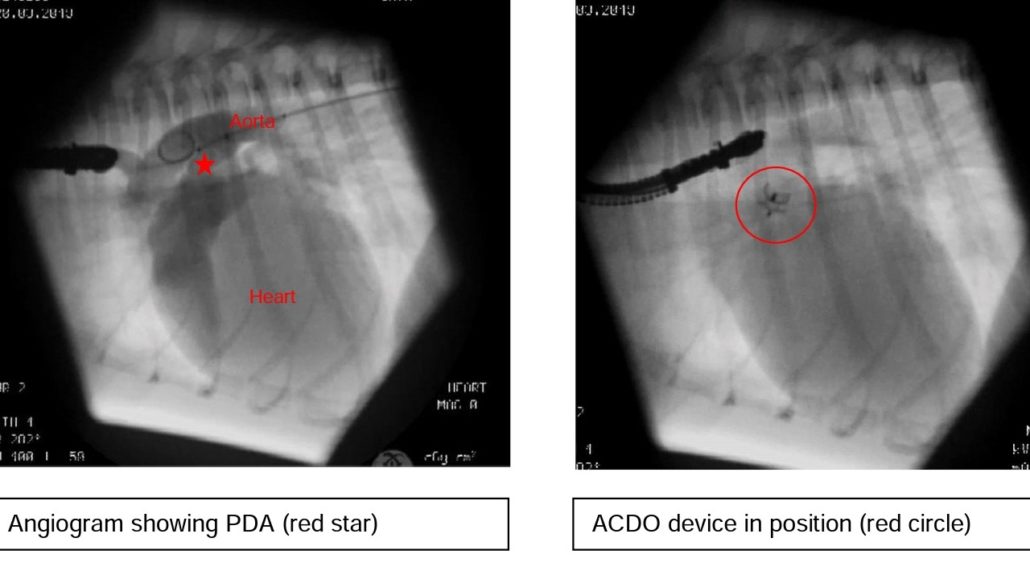
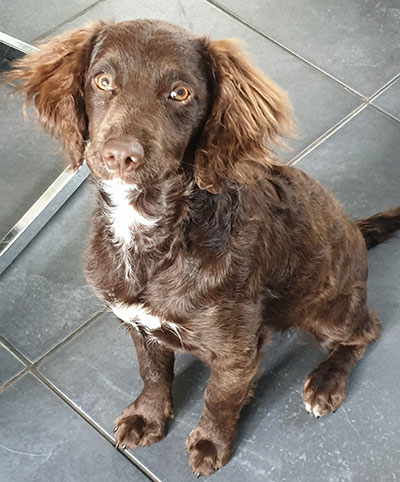 The procedure has been a complete success so far and Pippa can hopefully now look forward to a completely normal and lengthy life!
The procedure has been a complete success so far and Pippa can hopefully now look forward to a completely normal and lengthy life!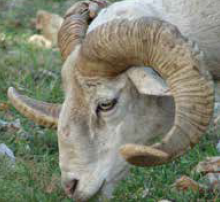 The rams will have to work hard during the tupping period and if they’re not on top form fertility is likely to suffer. A general MOT is the best place to start – are the rams healthy and can any problems be corrected? After which, we need to know if they are fertile. Checks need to be made early in the run up to tupping to allow plenty of time to correct any problems.
The rams will have to work hard during the tupping period and if they’re not on top form fertility is likely to suffer. A general MOT is the best place to start – are the rams healthy and can any problems be corrected? After which, we need to know if they are fertile. Checks need to be made early in the run up to tupping to allow plenty of time to correct any problems.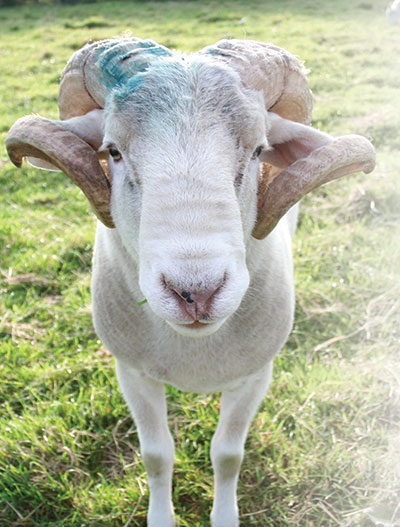 • TOES
• TOES